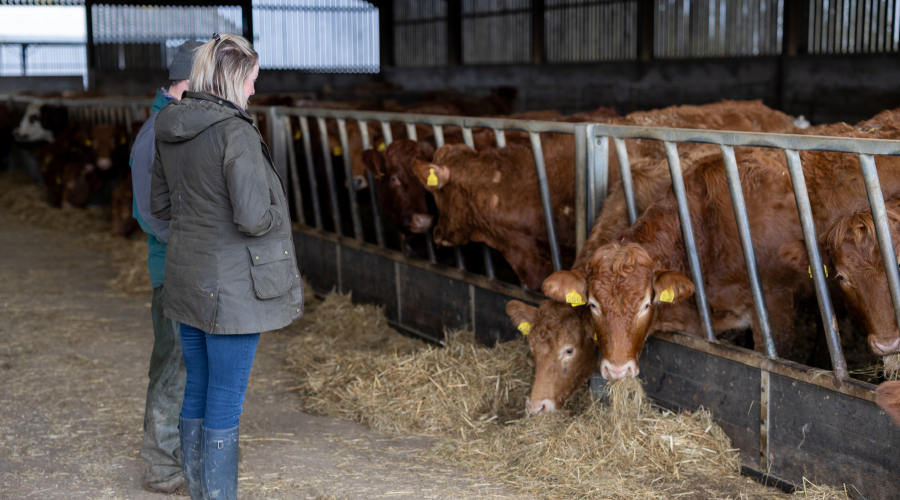

Major changes to capital taxes were widely anticipated in the Budget but the measures announced by Rachel Reeves nevertheless contained some surprises. In this article, we’ll explore the changes and discuss how to navigate the new regime.
Capital Gains Tax
Despite much speculation in the build-up to the Budget, changes to Capital Gains Tax (CGT) proved to be much more modest than feared prior to 30 October.
The CGT rates for disposals of assets other than residential property increased, with immediate effect, from 10% to 18% on gains within the unused income tax basic rate band, and from 20% to 24% for all other gains. This brings the rates in line with those applicable to disposals of residential property.
The rates of CGT where Business Asset Disposal Relief (BADR) or Investors’ Relief (IR) are available will also increase – from 10% to 14% from 6 April 2025, and then to 18% from 6 April 2026. BADR is available when employees and directors sell an unlisted business, and IR where a non-employee investor disposes of shares in an unlisted trading company. The lifetime allowance for BADR will remain at £1 million, but the lifetime allowance for IR will be cut from £10 million to £1 million.
Inheritance Tax – Agricultural and Business Reliefs
The more surprising changes announced relate to Inheritance Tax (IHT) and, in particular the availability of Agricultural Relief (AR) and Business Relief (BR).
Currently, there is no limit on the amount of AR or BR that can be claimed in relation to an estate containing agricultural or business assets. There is also no cap on the amount of AR or BR available on gifts made in the seven years prior to death. In both cases, qualifying conditions for claiming the relief must be met.
From 6 April 2026, under the proposals, AR and BR will be limited to a combined £1 million allowance for 100% relief. Agricultural or business assets above this value will be subject to 50% relief, giving an effective IHT rate of 20%. The new cap, which is not transferrable between spouses, will apply to assets in a person’s estate on death, and to any gifts made (whether outright or into trust) in the seven years prior to death.
The legislation imposing this change must pass through Parliament, and given the impact of the proposals, there is likely to be significant lobbying from both the business community and the agricultural sector.
Alternative Investment Market (AIM) shares, which currently benefit from 100% BR after two years of ownership, will not come within the £1 million allowance. From 6 April 2026, such shares will only receive 50% relief. Enterprise Investment Scheme (EIS) and Venture Capital Trust (VCT) shares will continue to receive BR at 100%.
Anti-forestalling provisions were imposed from 30 October 2024. The £1 million cap will apply where a person gifts assets qualifying for relief on or after that date and then dies after 6 April 2026 and within seven years of the gift.
There will be a technical consultation in Spring 2025 to discuss how the changes to AR and BR will apply to trusts. However, under current proposals, trusts created before 30 October 2024 will each have a £1 million allowance. Trusts established on or after that date by the same settlor will have a single allowance split between all the trusts (i.e. if a settlor creates four trusts, each will have a £250,000 allowance). Trusts containing business or agricultural assets may, as a result of the changes to AR and BR, suffer much more significant IHT liabilities on each ten-year anniversary and on any capital distributions.
IHT – other measures
The IHT-free threshold, known as the nil rate band (NRB), has been frozen at £325,000 per individual since April 2009. The Budget extended this freeze until 5 April 2030, bringing even more estates within the IHT net. The residence nil rate band was also frozen at £175,000 per individual until the same date. However, this allowance is already of limited or no use to those with estates worth more than £2 million.
Both allowances are transferable between spouses, but the ordinary NRB is reduced by any gifts made in the seven years before death, unless those gifts are covered by another exemption. The Budget did not include any changes to the seven-year rule, despite fears that this period could be extended, or to other gift allowances/exemptions. These include the annual exemption (£3,000), small gifts allowance (£250 per person), spouse and charity exemptions (unlimited), exemptions for heritage assets, and the exemption for gifts made out of surplus income.
In a further significant change, the Chancellor announced that, from 6 April 2027, any unused pension pots will form part of a person’s estate for IHT purposes. This is a departure from the current position, where most pensions pass outside the estate with no IHT payable. There is an ongoing consultation in relation to this, which will end in January 2025.
As well as concerns about larger IHT liabilities on death, those with agricultural and business assets will have practical worries about how funds can be raised to pay this bill without jeopardising the future of the farm or business. IHT can be paid in ten annual instalments on property and land, shares where the deceased controlled more than 50% of the company, and certain unlisted shares.
However, in most situations, interest will accrue on the unpaid balance of IHT and on any unpaid instalments. From 6 April 2025 the interest rate will increase by 1.5% to 4% over the Bank of England base rate, which will be another significant cost to estates.
How to navigate the new CGT and IHT regime
With the seven-year gifting rule unchanged, and holdover relief still available to avoid an immediate CGT liability, passing on business or agricultural assets sooner will be a good strategy for some families, where the circumstances are right. The £1 million allowance applies to individuals, not to farms or businesses, so if the ownership of these assets is spread, more value can be covered by relief.
Married couples should ensure that both spouses hold a sufficient share of the relievable assets and need to have Wills which enable £1 million of AR or BR to be utilised on each death.
The already useful exemption for gifts out of surplus income could become even more valuable, with scope for drawing down pensions and passing on the additional income in lifetime, rather than leaving the pot untouched to suffer IHT at 40% on death.
For those with existing trusts, these should be reviewed prior to 6 April 2026 to see whether it could be beneficial to wind them up in advance of the new legislation taking full effect.
In some cases, notwithstanding any planning work done, a significant IHT liability may now be unavoidable. In that scenario, the focus must shift to how that liability will be met and looking
for solutions to ensure that the farm or business can be retained and passed down through the generations if that is the aim.
However, whilst the significance and impact of the changes cannot be underestimated, it is important not to panic or act in haste. There is a helpful window of opportunity between now and 6 April 2026 to reassess your plans. Your professional advisers can help you navigate the new regime and develop a considered approach best suited to your circumstances.










